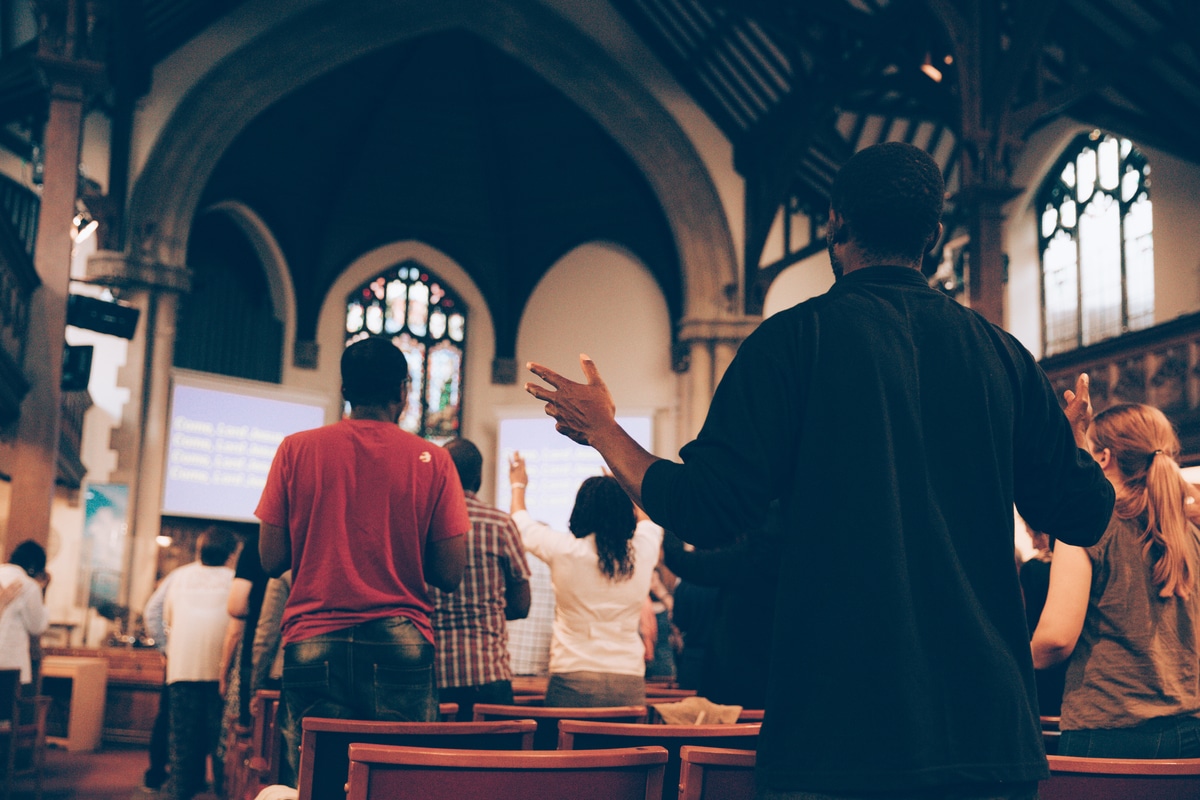Article
4 Guiding Principles for Worship Gatherings
These principles weren’t about creating the perfect worship service—they were about ensuring our gatherings always served the greater mission: engaging our city with the gospel and making disciples.

For the past eight years, I’ve had the joy and honor of meeting with 200 to 250 brand-new church planters twice a year at an event called Send Network Orientation. This event serves as our family of churches’ strategy to welcome assessed and funded planters, immersing them in our shared vision, values, and culture. It’s both a “welcome to the family” and a foundation-setting experience for their calling.
Over the years, Vance Pitman, President of Send Network, has highlighted a key issue: much of what we call “church planting” in North America is actually just starting new worship services. Typically, we enter a city, rent a space, set up sound equipment, design promotional materials, and start weekly gatherings for worship and preaching. Only afterward do we focus on discipleship and outreach. Vance argues that this approach is upside down.
A Biblical Approach to Church Planting
According to the book of Acts, church planting should start with engaging the city with the gospel. As people respond in faith and disciples are made, they join in further evangelistic efforts. As this community grows, they naturally begin gathering for corporate worship, forming the local church. This missional approach, which we refer to as “the missionary task,” ensures that the church is born out of gospel engagement rather than mere event planning.
However, even with a right-side-up approach to mission, every church eventually establishes regular worship gatherings. The danger is becoming so focused on these gatherings that we lose sight of our primary mission: engaging the city and making disciples.
From the beginning of our church-planting journey, we committed to being a church-planting church. A year before we planted, our core team began to meet for prayer, strategy, and Scripture study to ensure a posture of mission-first engagement. As relationships formed, mission teams from partner churches helped us serve and share the gospel in our community. After a year, we launched public worship services. Yet, we knew that if we were going to keep our eyes on the mission Christ had given us, we couldn’t give all the time, attention, and energy of our fellowship to Sunday. So, we designed our services strategically, ensuring they complemented—rather than distracted from—our broader mission.
We established four guiding principles for our worship gatherings:
1. Simple
We prioritized simplicity from the outset—but not at the expense of excellence. Simple + excellence means everything we do should “adorn the gospel” and reflect Christ’s kingdom. This meant:
- Using the gifts of the church rather than relying on external speakers or worship bands.
- Focusing on meaningful worship, ensuring songs and sermons were centered on God’s truth rather than entertainment.
- Practicing good stewardship, avoiding unnecessary expenses on production, light shows, or elaborate setups.
We believed that simplicity honored the sacrifices of those who supported our church plant, ensuring their investments fueled mission rather than spectacle.
2. Sacred
Decades ago, churches seeking cultural relevance made worship services feel like shopping malls, prioritizing consumer appeal over sacredness. The result? While some churches grew numerically, many others declined, and genuine kingdom growth was often absent.
Our goal was never to attract churchgoers from other congregations but to engage those far from God. Therefore, we designed our gatherings to be unmistakably Gospel-centered:
- We sang to Jesus.
- We taught the Scriptures.
- We observed communion and baptism.
- We called people to repentance and faith.
We didn’t water down our message for the sake of attraction. Our mission was clear: to see people come to Christ, not merely to attend a church service.
3. Sincere
Failing to plan leads to defaulting to what’s comfortable. For our team—many of whom had backgrounds in student ministry—this meant we risked creating a youth-group-style Sunday service without intentionality.
Instead, we approached our gatherings with thoughtfulness and authenticity:
- Intentionality – Every element of our service was prayerfully considered, ensuring alignment with both Scripture and our cultural context.
- Authenticity – Our services reflected our real lives and community. We avoided performance-driven worship and encouraged genuine engagement.
- Clarity – We explained theological terms and song lyrics, ensuring accessibility for both believers and seekers.
- Balance – While we followed a service plan, we avoided overproduction. Worship remained Spirit-led, fostering participation rather than passive observation.
4. Celebratory
The gospel is good news—and good news should be celebrated! We structured our gatherings around three key expressions of celebration:
- Singing – Worship is an overflow of who Christ is and what He has done. Whether through ancient hymns or modern songs, our singing was about authentic, vertical praise, not performance.
- Remembering – Through Scripture reading, preaching, communion, and testimonies, we reminded one another of God’s faithfulness and our mission.
- Repenting – True worship includes transformation. We created space for confession and repentance, seeing it not as a burden but as a joyful act of growth in Christ.
Worship That Fuels Mission
These principles weren’t about creating the perfect worship service—they were about ensuring our gatherings always served the greater mission: engaging our city with the gospel and making disciples.
The gathered worship service isn’t the end goal—it’s God’s name and fame, God’s glory. The worship service fuels, prepares, shapes, and sends us back into the world as Christ’s ambassadors.
As you reflect on your own worship gatherings, consider this: Don’t aim for something merely impressive. Aim for something that keeps your church anchored in the mission of God—His glory and the spread of His gospel. Keep it simple, sacred, sincere, and celebratory—because our Savior is worthy of nothing less.




